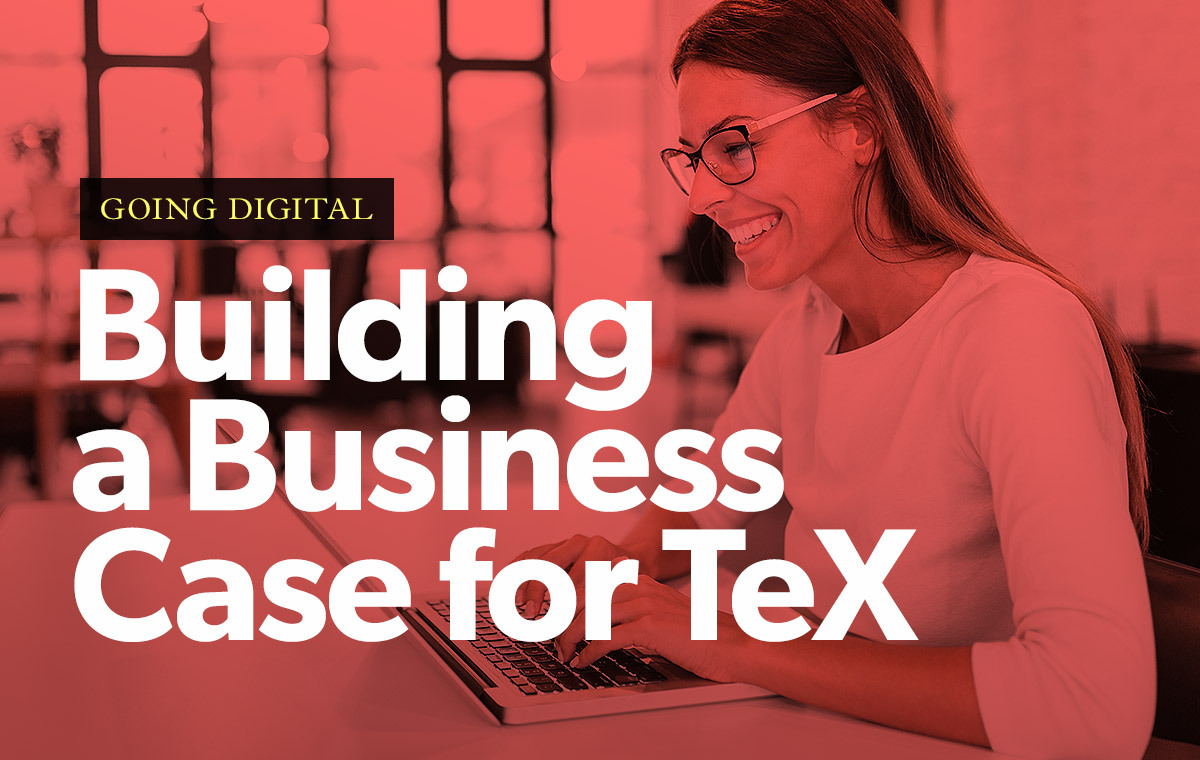Tenant experience technology (also known as TeX or TenX) is bringing commercial real estate (CRE) leaders and property teams closer to their building occupants than ever before — but how can you prove it?
The rise of TeX is creating new and exciting engagement opportunities for tenants by aggregating and anonymizing meaningful data on what building occupants engage with most. This core functionality can let you know how people are using your office building, which will in turn be the biggest differentiator between your building(s) and everyone else’s.
Ultimately, TeX can help you succeed in the market in two major ways: 1) increasing revenue at your assets by retaining existing tenants and leasing available space to new tenants and 2) optimizing your capital investments and operations through data-driven insights and intelligence.
Let’s break down three real-world applications that can achieve these larger goals and prove a beneficial return on investment (ROI) for TeX: tenant renewal, differentiation, and building efficiency.
1. Tenant Renewal
With average lease terms shrinking, tenant retention has further elevated its status as a key metric when evaluating the overall success of an asset or portfolio. Once you factor in the leasing and tenant improvement costs associated with filling vacant office space — particularly in competitive markets where these concessions can be exorbitant — the importance of retention becomes undeniable.
TeX can help you retain your tenants by connecting them to a fully branded, centralized experience that improves your brand, on-site amenities, and your relationship with your tenants. Additionally, a provider with robust analytics dashboards can centralize tenant metrics to reveal areas of opportunity that will improve your assets. By viewing engagement trends at both the building level and the individual tenant level, you can identify at-risk tenants and develop a tailored strategy to retain them.
2. Differentiation
Being able to effectively market to tenants and lease available space has become difficult as more and more commercial office owners are differentiating themselves by investing in physical amenities and tenant engagement. Many of the things that would’ve once stood out in a leasing brochure are now considered table stakes when trying to attract key tenants.
The right TeX platform will differentiate your assets and amenities by enhancing the “art of the tour” during leasing conversations. Whatever the experiences and amenities may be at your property, having a fully branded tenant app that digitizes the workplace and acts as a universal remote for your building community will leave a lasting impression. Additionally, access to data and analytics dashboards will allow you to reveal meaningful insights about the amenities and services that are most engaged with by similar tenants (or, in some cases, the same tenant company in another building). This data can also inform you on what types of tenant companies (e.g. by industry or company size) are most engaged at your assets — allowing you to target similar, good-fit tenants.
3. Building Efficiency
Whether you are a Core, Core +, Value Add, or Opportunistic investor, it is critical that you make smart capital investments and operate your assets efficiently. Capital investments should elevate your tenant experience to drive retention and leasing, while operating expenses should be kept as tight as possible without negatively impacting the financial and administrative operation of your assets.
Thus, a comprehensive analytics offering — such as the HqOS Digital Grid™ — can capture previously inaccessible data on your tenants, amenities, and buildings, and quickly aggregate and anonymize it. This way, you can uncover insights that allow you to make smart capital and expense decisions. Whether it’s helping you understand how your amenities compare to industry benchmarks, or quantifying the programming and events that are most valuable to your tenants, these analytics take the guesswork out of tenant improvement and budget planning — saving you both time and money.
Preparing Your Budget
Once you’ve uncovered the value that TeX can bring to your tenants and portfolio, you’ll need to start allocating your budget. When it comes to tenant experience, there are two key investments you can make to meet your business objectives: 1) your building’s programming and events, and 2) your building’s technology stack. An effective tenant experience strategy will ensure that these two aspects of your office work together in concert. Your building’s technology stack should help strategically inform your building’s programming. In turn, your building’s programming will generate content for your tenants to engage with in your app.
To keep your TeX strategy aligned with tenant needs, it should remain iterative and flexible. The days of focusing on a single investment, setting it, and then discontinuing your efforts are gone. Instead, you need to adopt a data-driven mindset that will empower you to continue learning about your tenants, and prepare you to be able to address their needs on an ongoing basis.
As you work to identify which strategies are the most valuable for your portfolio and building communities, it’s important to note that they don’t have to impact your bottom line. In most cases, overhead is passed through the common area maintenance (CAM) line item or operating expense (OpEx) within a lease.
Want to learn more about budgeting for tenant experience technology, or the other steps of the adoption process? Download our dedicated buyer’s guide today.



